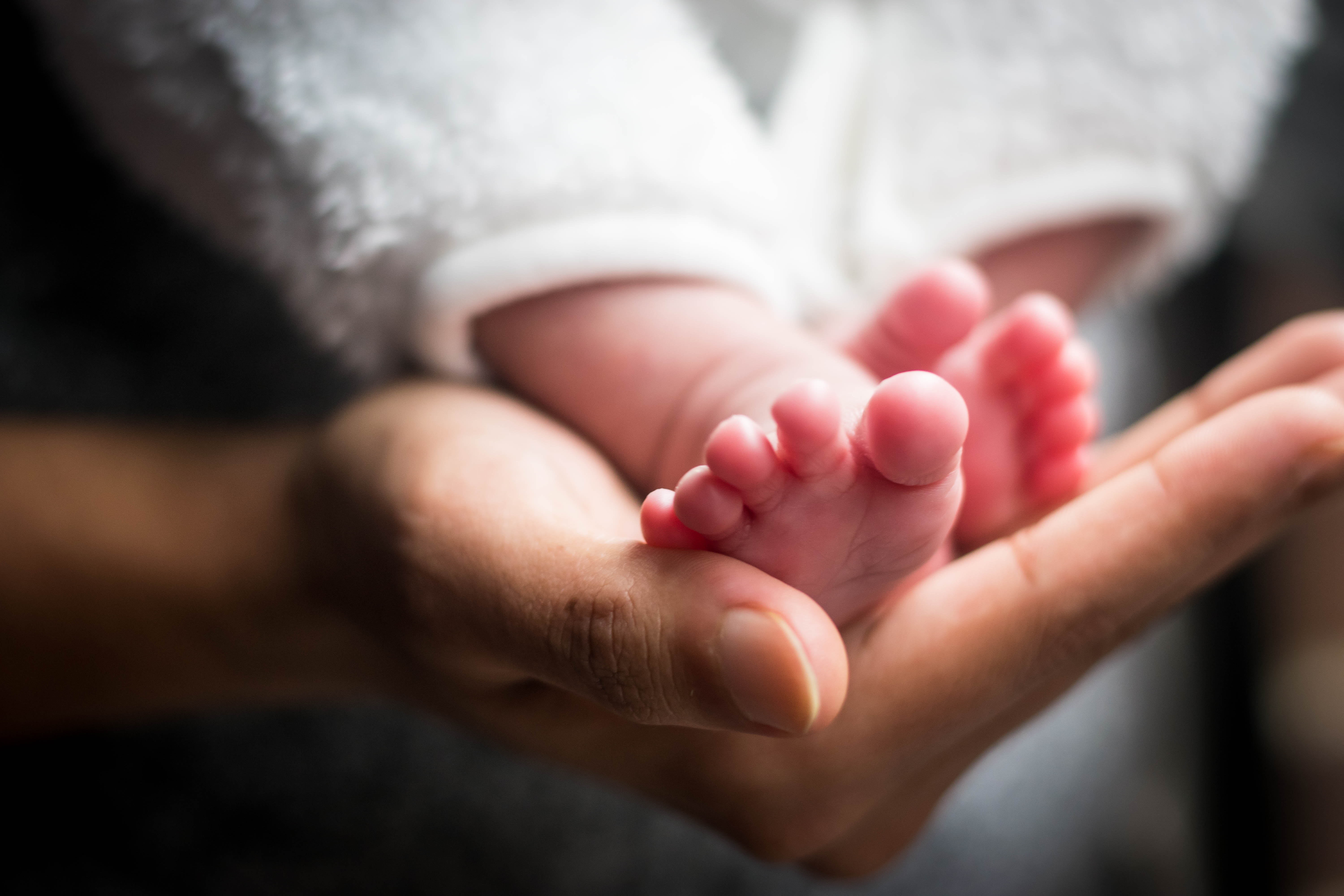Births and Deliveries Among Women with Disabilities

What is the name of the study?
Time Trends in Births and Cesarean Deliveries Among Women With Disabilities
What was the goal of this study?
We think that women who have disabilities give birth to more babies now than they have in the past. We wanted to show the number of babies born to women who have disabilities. Some women have their babies born by surgery on their abdomen. We call this C-section surgery. We also wanted to see if this happens more to women who have disabilities than women without disabilities. We looked at all women who gave birth in the State of California.
What did we find?
We found that more women who have a disability are giving birth. The number of babies born to women who have a disability was 1,335 in the year 2000. This number nearly tripled to 3,725 in the year 2010. Women with disabilities have more babies born by C-section than women without disabilities. The most C-section surgeries were in the year 2002. In 2010 women with disabilities were still having more births by C-section surgery than women without disabilities.
What did we learn?
Doctors and nurses may need more information to care for women with disabilities who are giving birth. More studies need to be done to understand why women with disabilities are having more C-section surgeries.
Why is this important?
Woman who have C-section surgery need to stay in the hospital longer while they heal. Surgery has more health risks for the woman such as infection or bleeding. Women who have C-section surgery may have difficulty the next time they give birth.
Who are the authors of the study?
Willi Horner-Johnson, PhD, Frances M. Biel, MPH, MS, Blair G. Darney, PhD, MPH, Aaron B. Caughey, MD, PhD
Citation: Horner-Johnson, W., Biel, F. M., Darney, B. G., & Caughey, A. B. (2017). Time trends in births and cesarean deliveries among women with disabilities. Disability and Health Journal, 10(3), 376-381. https://doi.org/10.1016/j.dhjo.2017.02.009
Who participated in the study?
| Maternal race/ethnicity | No Disability (5,406,679 people) | Any Disability (25,854 people) |
|---|---|---|
| Asian/Pacific Islander | 10.7% | 7.19% |
| Black | 5.34% | 7.72% |
| Hispanic | 54.09% | 41.76% |
| Other | 1.85% | 2.13% |
| White | 27.46% | 40.59% |
The amount of women giving birth in California (2000-2010) with and without disability who graduated from high school. Total People = 5,432,533
| No Disability (5,406,679 people) | Any Disability (25,854 people) |
|---|---|
| 68.77% | 77.46% |
The amount of women giving birth in California (2000-2010) with and without disability who were 35+ years old. Total People = 5,432,533
| No Disability (5,406,679 people) | Any Disability (25,854 people) |
|---|---|
| 16.6% | 23.26% |
The amount of women giving birth in California (2000-2010) with and without disability who had medical (prenatal) care in the first third of their pregnancy. Total People = 5,432,533
| No Disability (5,406,679 people) | Any Disability (25,854 people) |
|---|---|
| 83.5% | 84.98% |
The amount of women giving birth in California (2000-2010) with and without disability who gave birth before their due dates. Total People = 5,432,533
| No Disability (5,406,679 people) | Any Disability (25,854 people) |
|---|---|
| 8.38% | 13.05% |
The amount of women giving birth in California (2000-2010) with and without disability who had diabetes. Total People = 5,432,533
| No Disability (5,406,679 people) | Any Disability (25,854 people) |
|---|---|
| 0.67% | 3.45% |
The amount of women giving birth in California (2000-2010) with and without disability who had diabetes only while they were pregnant. Total People = 5,432,533
| No Disability (5,406,679 people) | Any Disability (25,854 people) |
|---|---|
| 6.47% | 10.98% |
The amount of women giving birth in California (2000-2010) with and without disability who had high blood pressure. Total People = 5,432,533
| No Disability (5,406,679 people) | Any Disability (25,854 people) |
|---|---|
| 0.97% | 2.85% |
The amount of women giving birth in California (2000-2010) with and without disability who had high blood pressure during pregnancy (preeclampsia). Total People = 5,432,533
| No Disability (5,406,679 people) | Any Disability (25,854 people) |
|---|---|
| 5.09% | 8.24% |
The amount of women giving birth in California (2000-2010) with and without disability who had a mental health diagnosis. Total People = 5,432,533
| No Disability (5,406,679 people) | Any Disability (25,854 people) |
|---|---|
| 1.08% | 6.38% |
For more details about study participants, please see the full text article.